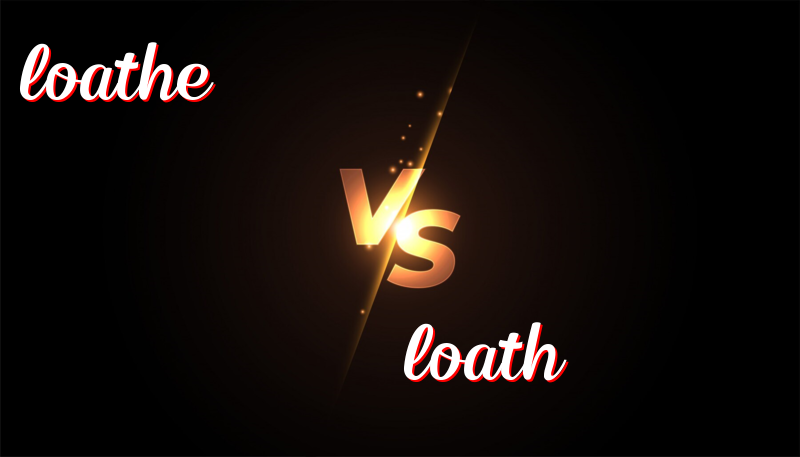Loathe to Loath: Words That Bug Us!
Understanding “Loathe” vs. “Loath”
Loathe and Loath are two words that sound and look similar but have different meanings. It’s easy to mix them up, but with some simple tips, you can remember how to use them well.
History of the Words
The word loath comes from old English, meaning unwilling or reluctant. Loathe is a strong word that comes from the same roots but has changed in meaning over time to express a feeling of hatred.
How to Use “Loathe”
Loathe is a verb. It means to hate or strongly dislike something or someone. When you loathe something, you really do not like it.
Examples:
- I loathe waking up early in the morning.
- She loathes eating broccoli for dinner.
- He loathes the sound of loud music.
- They loathe having too much homework.
- We loathe getting caught in the rain without an umbrella.
How to Use “Loath”
Loath is an adjective. It means being unwilling or not wanting to do something. It describes a feeling of not wanting to do something.
Examples:
- I am loath to leave the party early.
- She is loath to try new foods.
- He was loath to admit he made a mistake.
- They are loath to spend money on things they don’t need.
- We were loath to interrupt their conversation.
Trick to Remember the Difference
A good way to remember the difference is to think of the extra “e” at the end of loathe for “extreme” hate, because it expresses a strong feeling of dislike. Meanwhile, loath is shorter and softer because it means unwilling or reluctant.
Summary
In summary, use loathe when you want to say you really hate something. Use loath when you want to say you are unwilling or reluctant to do something. Understanding these differences helps you choose the right word in your sentences!

Leave a Reply
You must be logged in to post a comment.